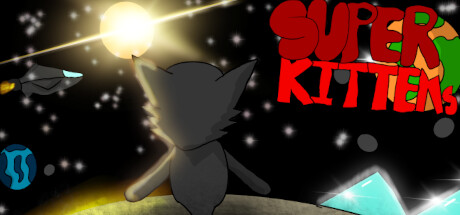Mac OS X 10.7 was first shown to the public in October 2010. The presentation was understated, especially compared to the bold rhetoric that accompanied the launches of the iPhone ('Apple reinvents the phone') and the iPad ('a magical and revolutionary device at an unbelievable price'). Instead, Steve Jobs simply called the new operating system 'a sneak peek at where we're going with Mac OS X.'
Behind Jobs, the screen listed the seven previous major releases of Mac OS X: Cheetah, Puma, Jaguar, Panther, Tiger, Leopard, and Snow Leopard. Such brief retrospectives are de rigueur at major Mac OS X announcements, but long-time Apple watchers might have felt a slight tingle this time. The public 'big cat' branding for Mac OS X only began with Jaguar; code names for the two earlier versions were not well known outside the developer community and were certainly not part of Apple's official marketing message for those releases. Why bring the cat theme back to the forefront now?
https://villesoft808.weebly.com/os-pdf-free-download.html. Operating Systems Mac OS X 10.11, Macintosh, Mac OS X 10.9, Mac OS X 10.10, Mac OS X 10.8, Mac OS X 10.7 Additional Requirements Mac OS X 10.7 or later Popularity. Clipboard manager 2 2 1 download free. Mac OS X 10.5 Leopard, released on October 26, 2007, was the biggest change to Mac OS X since Apple first released OS X 10.0 in March 2001. For the first time, a version of OS X was certified as Unix, and the new unified appearance makes Leopard friendlier and less confusing for users. B1 free archiver rar.
Super Kittens Mac Os Catalina
The answer came on the next slide. The next major release of Mac OS X would be called Lion. Jobs didn't make a big deal out of it; Lion's just another big cat name, right? Within seconds, we were on to the next slide, where Jobs was pitching the new release's message: not 'king of the jungle' or 'the biggest big cat,' but the 'back to the Mac' theme underlying the entire event. Sonic aquarius force mac os. Mac OS X had spawned iOS, and now Apple was bringing innovations from its mobile operating system back to Mac OS X.
Apple had good reason to shy away from presenting Lion as the pinnacle that its name implies. The last two major releases of Mac OS X were both profoundly shaped by the meteoric rise of their younger sibling, iOS.
AdvertisementLeopard arrived later than expected, and in the same year that the iPhone was introduced. Its successor, Snow Leopard, famously arrived with , concentrating instead on internal enhancements and bug fixes. Despite plausible official explanations, it was hard to shake the feeling that Apple's burgeoning mobile platform was stealing resources—not to mention the spotlight—from the Mac.

In this context, the name Lion starts to take on darker connotations. At the very least, it seems like the end of the big cat branding—after all, where can you go after Lion? Is this process of taking the best from iOS and bringing it back to the Mac platform just the first phase of a complete assimilation? Is Lion the end of the line for Mac OS X itself?
Super Kittens Mac Os X
Let's put aside the pessimistic prognostication for now and consider Lion as a product, not a portent. Apple pegs Lion at 250+ new features, which doesn't quite match the 300 touted for Leopard, but I guess it all depends on what you consider a 'feature' (and what that '+' is supposed to mean). Still, this is the most significant release of Mac OS X in many years—perhaps the most significant release ever. Though the number of new APIs introduced in Lion may fall short of the landmark Tiger and Leopard releases, the most important changes in Lion are radical accelerations of past trends. Apple appears tired of dragging people kicking and screaming into the future; with Lion, it has simply decided to leave without us. Mario goes to the fridge to get a glass of milk 2 mac os.
Super Kittens Mac Os 11
Table of Contents
- Reconsidering fundamentals
- Process model
- Internals
- Security
- Automatic Reference Counting
- The state of the file system
- Applications
- Grab bag

